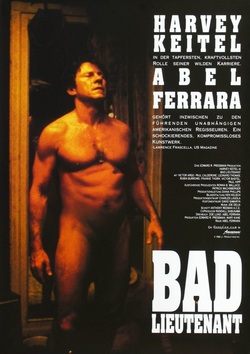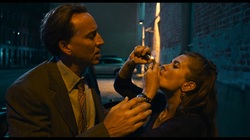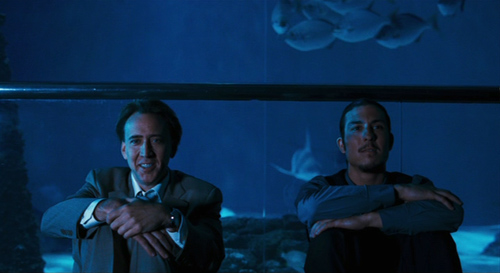Let's try to clarify when and where feudalism existed. It was a form of politics, or social organization, that predominated in some parts of Europe, especially England, during the medieval period. It began falling to pieces in the Early Modern period, beginning with the Tudor monarchy; that is to say , it began falling apart under Henry VII. Henry VII's successor, Henry VIII, used parliamentary process to destroy the feudal lords that put his ancestors on the throne in 1066; the destruction culminated in the English Civil War, which diminished not only the feudal lords, but the monarchy as well.
During this same time period in Early Modern England, feudal lords began severing their relationships with their serfs and vassals; the lords sought to shift away from subsistence farming so as to enter the English wool industry and conduct lucrative trade with Europe. The movement to kick the serfs off the manor and to introduce shepherding was known as the 'enclosure' movement. While it temporarily solved some debt and financial problems for the English nobility, it ultimately created a wealthy merchant class that could maximize its own benefits from European trade. Henry VII and his successors saw the new professional bourgeoisie class as a source of power that would allow them to confront their dangerous nobles.
So the feudal system in England began collapsing in the mid 16th century, just prior to the establishment of the first English colonies in America.
Let's look at the South. Remember, Southern legends often associate the Old South with the feudalism of Old England.
Two facts about the Southern economy undermine the notion that it was a feudal system:
First, the dominant economic activity of the south was capitalist, and it came in two forms. First, cotton dominated the economic landscape. Cotton tended to exhaust the soil, and required the opening of new lands to continue its growth. Most of this cotton was sold to Great Britain, where it was processed into cloth. Southern planters sold the remainder to northern industrial states like New York, Massachusetts, and Pennsylvania.
The original southern lands--those that rested along the Atlantic, like the Carolinas and Georgia, were exhausted after generations of growing tobacco and cotton. So these states, especially after the banning of the international slave trade in 1808, specialized in breeding and exporting slaves to cotton plantations opening in Texas and in the territory belonging to the Louisiana purchase.
Now--what do these two facts tell us? Well, first, they bear no serious relationship to feudalism. In feudalism, both lord and peasant were stuck to the land, and as the land went, so they went. Land ownership was primarily a status symbol and a useful political lever; lords and peasant were judged on their ability to maintain a calm sense of order and habit despite raids, violence, and encroaching rivals. Though lands changed hands, this was viewed as ignoble, and lesser than maintaining custom and holding on to what one already had.
In the Southern United States, on the other hand, Westward expansion allowed the depletion and shuffling off of old soil, and old obligations for new frontiers in Louisiana, Mississippi, and Texas.
The South was not feudal in character. Though feudalism, and more specifically, classical notions of liberty, served as a productive intellectual scaffolding for the processes that occurred on any given plantation. So did traditional morality as found in the Bible. Southerners also used a sort 'scientism' to argue for the 'naturalness' of slavery due to the perceived inferiority of people of African descent. Through Southern society looked conservative and later, after the war, became conservative, it was in fact fairly radical form of agricultural capitalism. No one had ever quite used up soil and labor the way the South did in the years leading up to the civil war. Never before had there been such a worldwide demand for cotton, which we must remember is an inedible agricultural product. Southern planters used the land to grow a product that held no nutritional value. They relied on international trade to maintain their lifestyles, and to help feed their families, their workers, and their slaves. There was nothing feudal about it. The planters were bourgeois, callous, and rich.
By some accounts, when one assesses capital in the United States in 1860, slaves accounted for more wealth than all the railroads and all the manufacturing combined. Southern states viewed the Republicans as a dual threat, both to their wealth and their way of life. Republican candidates, including Abraham Lincoln, did not even appear on state ballots in many Southern states. When Lincoln won 180 electoral votes, and virtually all of the northern states, he only obtained a plurality of the popular vote, and not a majority. Southern states were shocked and outraged, though they had astutely avoided any displays of outrage when the mere plurality favored the South in 1844, 1848, and 1856 presidential elections.
Now, I do not mean to denigrate the south simply to raise up the northern states as a collection of model states. States both north and south refused women the right to vote. Northern states treated untrained immigrant labor as expendable. Since northern manufacturing could not compete with European manufacturing, the northern industrialists demanded tariff protections to allow them to capture the supply chain to Midwest farmers and Southern planters.
But as Barrington Moore points out in his classic treatise, The Social Origins of Dictatorship and Democracy: Lord and Peasant in the Making of the Modern World (1966), the North did see a short-lived union between the interests of Northern industrialists and small farmers. What allowed this alliance? In part, it was the rapid formation of the Republican party, and the party's desperate attempt to pull together disparate elements of society to win elections that would swing the balance of power towards the creation of government-sponsored infrastructures like better roads, new cut canals, and continental railroads.
The broader Republican campaign in 1860 made the alliance between small farmers and northern industrialists quite clear: "Vote yourself a farm--vote yourself a tariff."
Tariffs and hard scrabble farms along the Ohio River are not especially romantic. But they are a superior part of the American memory to the disturbing nostalgia of some Americans for a feudal Southern society that never existed.





 RSS Feed
RSS Feed